Homeowners increasingly want eco-conscious yards, but not every green-sounding landscaping idea is as beneficial as it seems. Some trends, while popular on social media or promoted by eco brands, can quietly damage soil health over time. The biggest offenders often disguise themselves with buzzwords like “low-maintenance” or “natural,” but they don’t always account for long-term environmental effects. Experts now warn that soil degradation is becoming a widespread issue, even in yards marketed as sustainable. Here are 15 “eco-friendly” landscaping ideas that may be harming your soil more than helping it.
1. Synthetic Grass for Water Conservation
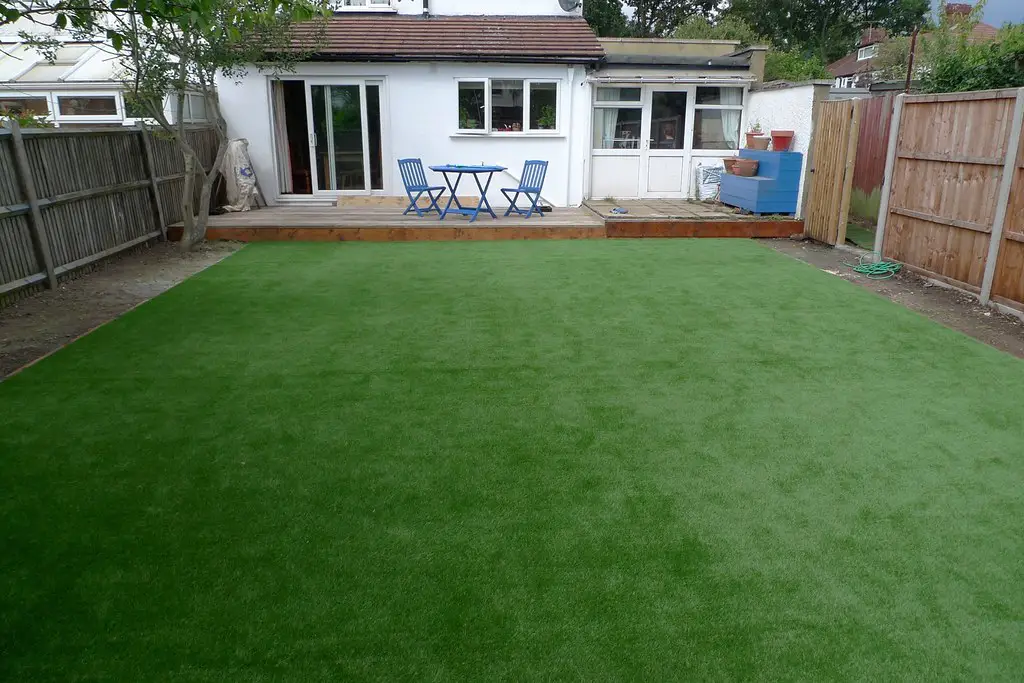
Artificial turf is often marketed as a water-saving solution for dry climates, but it can have serious consequences for soil health. According to The New York Times, synthetic grass increases ground temperatures, which essentially “cooks” the soil and destroys microbial life. Without living roots or organic matter, the soil underneath becomes compacted and lifeless over time. What was meant to be a sustainable fix turns into a dead zone that can’t support any vegetation.
Homeowners are drawn to synthetic grass because it eliminates mowing and watering, but it replaces nature with plastic. Runoff from artificial turf can even carry microplastics into storm drains, affecting local ecosystems. Over the years, this trend may require expensive remediation if homeowners ever want to grow real plants again. For those prioritizing long-term soil health, natural alternatives like clover lawns or native grasses are a better bet.
2. Rock Gardens as a Low-Maintenance Fix
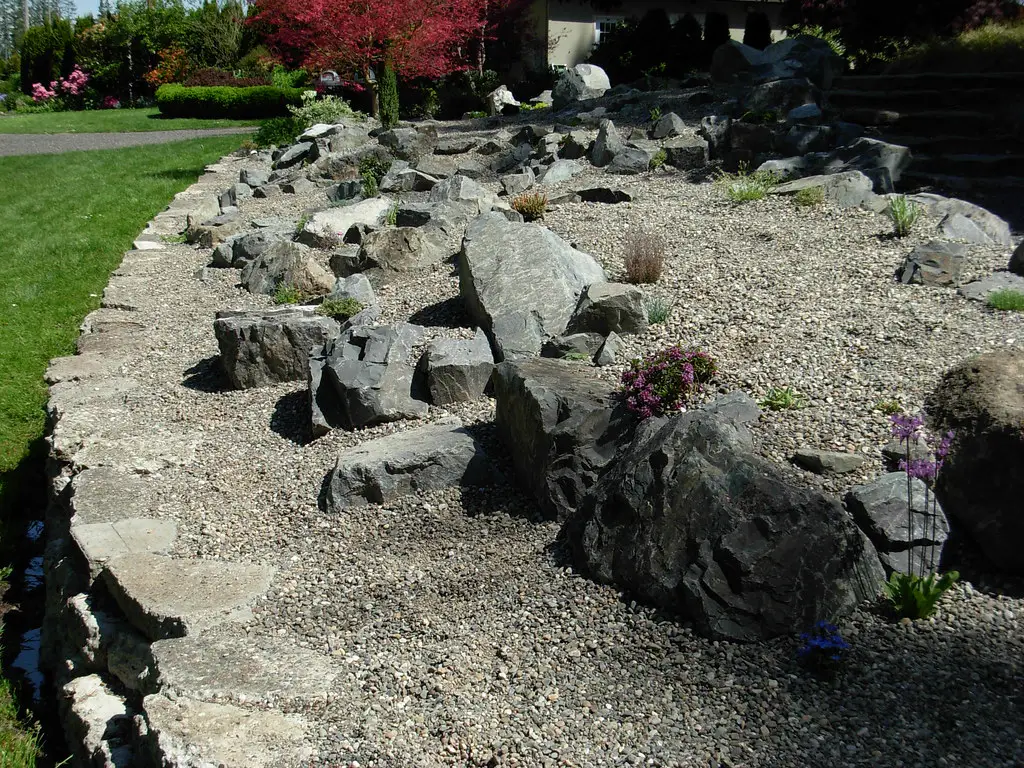
Rock gardens are often promoted as eco-friendly because they reduce the need for irrigation, especially in drought-prone areas. But as reported by The Spruce, covering large sections of your yard with gravel or decorative stones limits water infiltration and compacts the soil underneath. Over time, this makes it harder for organic matter to build up or for new plants to take root. It also creates hot surfaces that stress nearby plants and organisms.
The appeal of rock gardens is strong—no weeding, no trimming, no watering—but the long-term effects are rarely discussed. Without roots to hold it together, the soil becomes more prone to erosion. Even with landscaping fabric underneath, weeds often find a way through, prompting the use of herbicides that further damage soil quality. Rock gardens may look clean and easy now, but they come at the cost of future fertility.
3. Excessive Use of Mulch
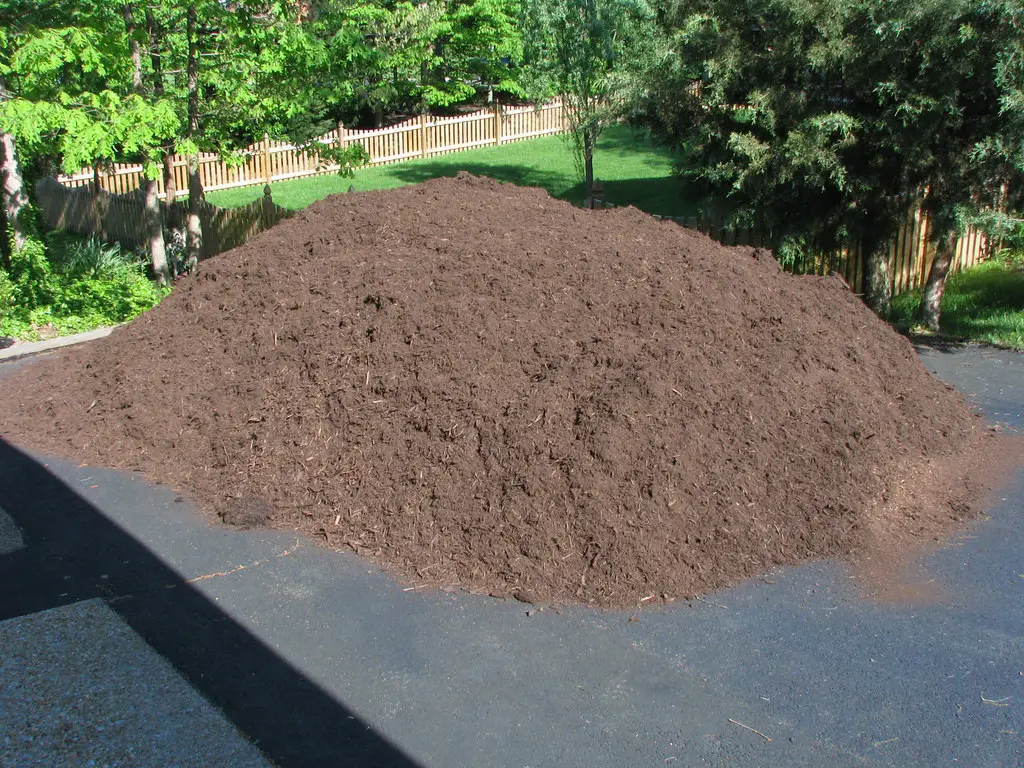
Mulch is typically seen as a beneficial addition, helping to retain moisture and suppress weeds. However, as noted by Better Homes & Gardens, over-mulching—especially with dyed or synthetic options—can create thick, impenetrable layers that suffocate the soil. This not only blocks water and air from reaching plant roots but also attracts pests and fungi that throw off the natural balance. Soil that’s constantly buried under heavy mulch doesn’t get the oxygen it needs to stay healthy.
Homeowners sometimes add fresh mulch each season without removing old layers, creating a buildup that traps moisture in all the wrong ways. While the yard may look well-kept on the surface, the roots below may be rotting or stressed. Organic mulch can still be useful when applied in moderation and kept a few inches away from stems and trunks. Too much of a good thing, however, leads to long-term damage.
4. Rewilding Without a Plan
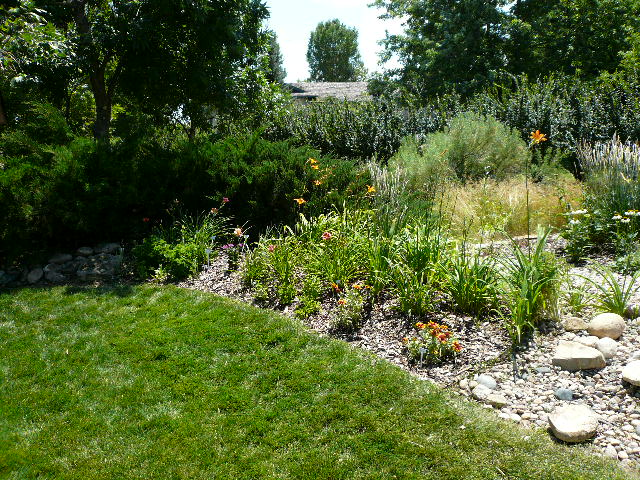
Rewilding—letting parts of your yard return to a natural state—can be incredibly beneficial when done intentionally. But according to The Guardian, doing it without a solid plan or knowledge of native species can invite invasive plants that degrade the soil. These aggressive species often outcompete native vegetation, drawing out nutrients and altering soil chemistry in harmful ways. What starts as a well-meaning effort can quickly spiral into a backyard overrun with non-beneficial growth.
In many cases, homeowners allow rewilding to happen passively, assuming nature will take care of itself. Unfortunately, disturbed urban and suburban soils are highly vulnerable to colonization by species like kudzu, Japanese knotweed, and even aggressive grasses. These plants don’t restore balance—they dominate and deplete. Rewilding needs thoughtful planning, including seed selection and ongoing management, to truly support soil recovery.
5. Over-Reliance on Compost

Compost is often touted as a miracle amendment, but dumping too much of it on your garden can imbalance the soil. Excessive composting, especially with immature material, introduces high levels of nitrogen and salts that disrupt the microbial ecosystem. While the short-term growth boost is tempting, long-term soil structure and fertility can decline. More isn’t always better when it comes to organic matter.
Compost should be used as a supplement, not the main ingredient in your soil. Regular testing can help homeowners determine what their soil actually needs. Otherwise, good intentions can lead to water retention problems, pest issues, or nutrient runoff. The key is moderation and quality control over the source of compost.
6. Installing Raised Beds Everywhere
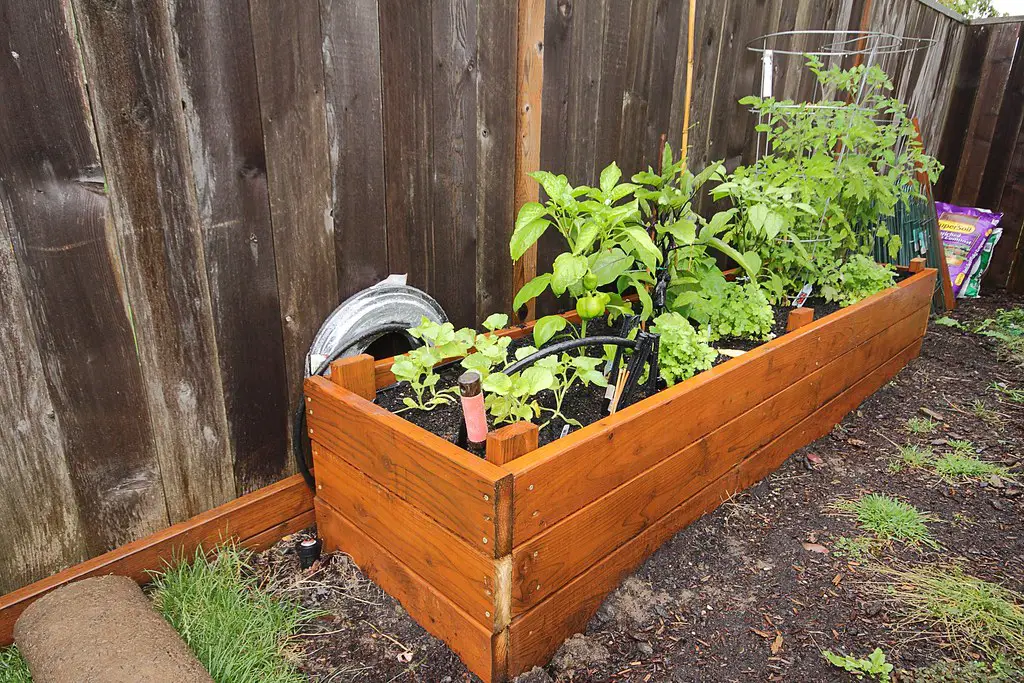
Raised beds can solve drainage issues and make gardening more accessible, but they’re not always the best choice for soil health. Over time, soil in raised beds becomes compacted, and if beds are overused without replenishment, nutrients deplete faster than in-ground beds. Many raised beds also rely on imported soil blends that may not integrate well with native conditions. Once the initial productivity fades, the soil needs frequent attention and amendments.
Additionally, beds built from non-treated wood or synthetic materials can break down and leach into the soil. Homeowners expecting easy maintenance often find themselves replacing soil, battling erosion, or managing poor water retention. Raised beds are useful in the right context, but they aren’t a one-size-fits-all eco-fix. Overusing them across a landscape can actually harm more than help.
7. Covering Soil with Landscape Fabric
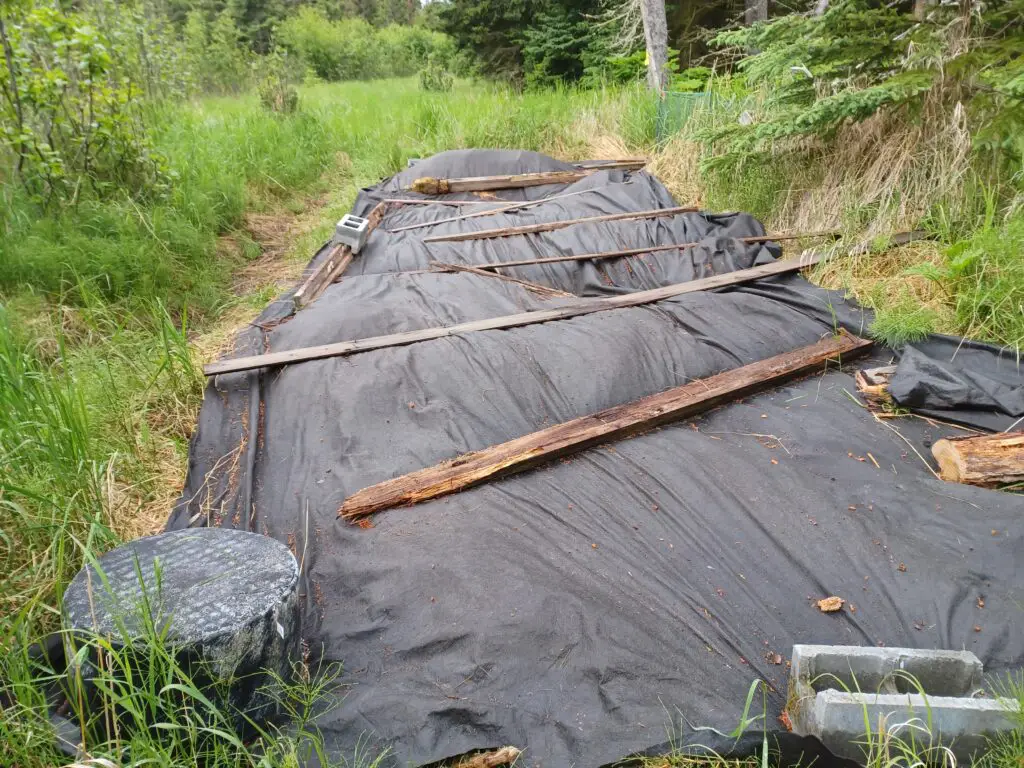
Landscape fabric is marketed as a way to control weeds without chemicals, but it can suffocate the soil beneath it. Over time, this barrier prevents the exchange of gases, water, and nutrients, leading to dry, lifeless ground. Microbial activity slows, earthworms disappear, and plant roots struggle to expand. It may take years for the soil to recover after fabric is removed.
Homeowners also tend to cover fabric with rocks or mulch, which worsens compaction. Once weeds start breaking through anyway, people often resort to herbicides that defeat the original purpose. A healthier option is to use dense groundcovers or native plantings to outcompete weeds naturally. Fabric creates more long-term work and soil damage than it’s worth.
8. Relying on “No-Mow” Seed Mixes

No-mow lawns can reduce emissions from lawnmowers, but many seed blends are made up of fast-spreading, non-native grasses. These species may look green and lush but fail to support native insects or soil life. Some even form dense mats that block moisture from reaching deeper layers. The result is shallow-rooted grass and soil that becomes hard and unproductive.
These lawns can also turn brown and patchy without careful management. Homeowners hoping for a set-it-and-forget-it solution often overlook the maintenance that’s still required. Without aeration and soil amendments, the ground suffers over time. True ecological benefits come from planting region-specific native groundcovers instead.
9. Adding Too Many Edging Materials
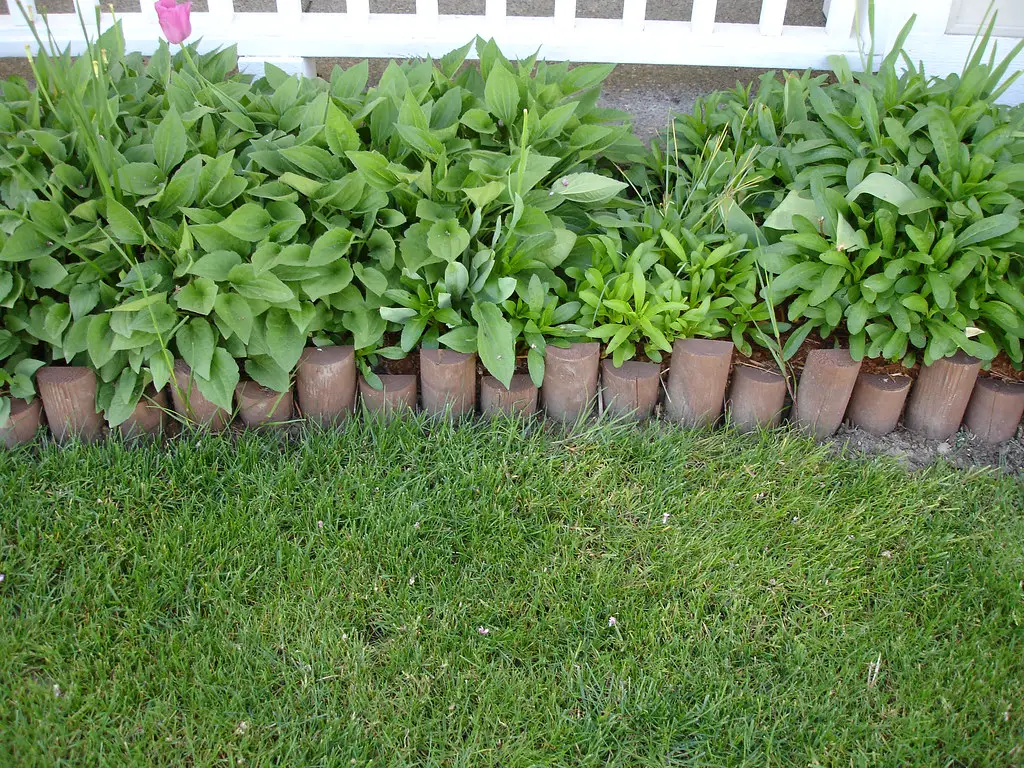
Pavers, bricks, and plastic edging may define garden spaces, but they often interrupt natural water flow. When overused, they create mini barriers that cause pooling, erosion, or dry spots. Soil outside these boundaries can become over-saturated, while soil inside may stay too dry. The result is uneven moisture distribution and poor plant health.
Many homeowners also install these features with weed barriers or gravel, which worsens the issue. While the yard may look neat, the underlying soil suffers from lack of circulation and organic exchange. A better approach is soft edging with native plants or mulch borders. These maintain structure without compromising soil quality.
10. Using Leaf Blowers Instead of Raking
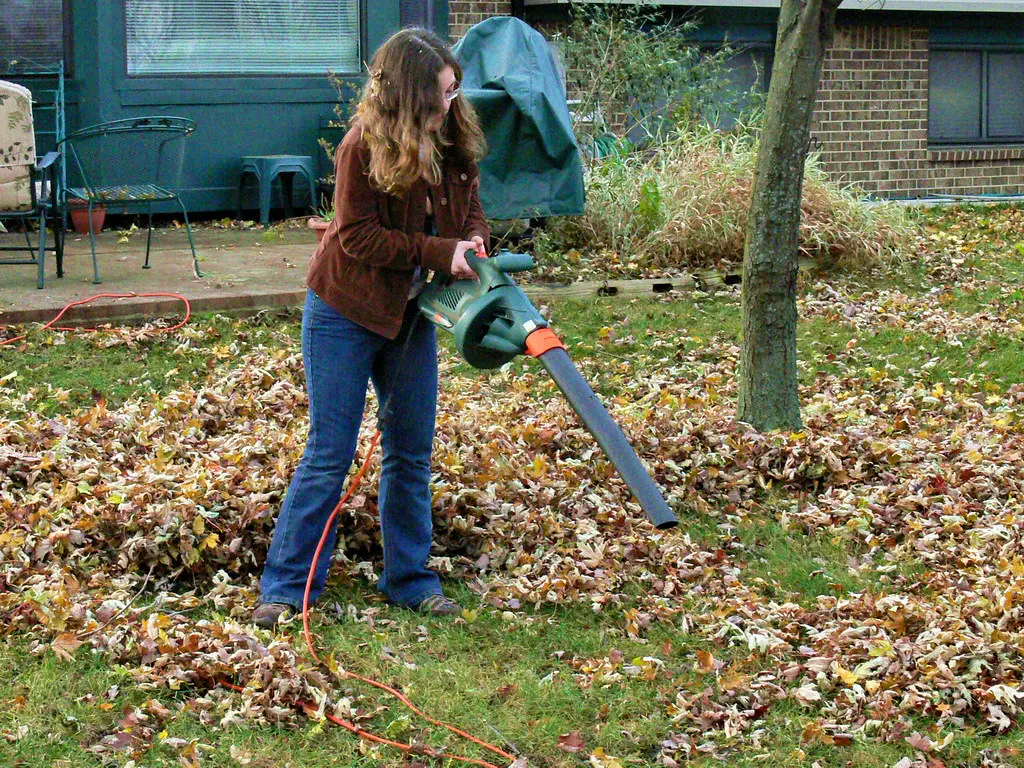
Leaf blowers remove not only leaves but also topsoil and organic debris that protect the ground. Over time, this leaves the soil exposed to wind, sun, and erosion. The top layer becomes dusty and depleted of nutrients, which stunts plant growth. While raking takes more effort, it preserves the natural mulch layer that soil depends on.
Additionally, blowers compact soil with powerful air pressure, especially around flower beds and trees. This makes it harder for water to penetrate and for roots to expand. Homeowners using blowers daily are often unknowingly damaging their gardens’ foundation. The soil ends up needing extra amendments just to recover.
11. Planting “Pollinator Mix” Wildflowers

Those store-bought wildflower mixes often contain non-native or invasive species. While they may attract some pollinators short-term, they disrupt the local soil balance over time. Many of these plants aggressively spread and monopolize nutrients, making it harder for native species to thrive. The soil loses biodiversity and resilience.
These mixes can also encourage shallow rooting systems, which don’t stabilize the soil well. The result is more erosion and nutrient runoff after heavy rain. Homeowners should instead research regionally appropriate wildflowers or consult local nurseries. Thoughtful selection leads to better soil and ecological benefits.
12. Compacting Soil with Decorative Gravel Paths
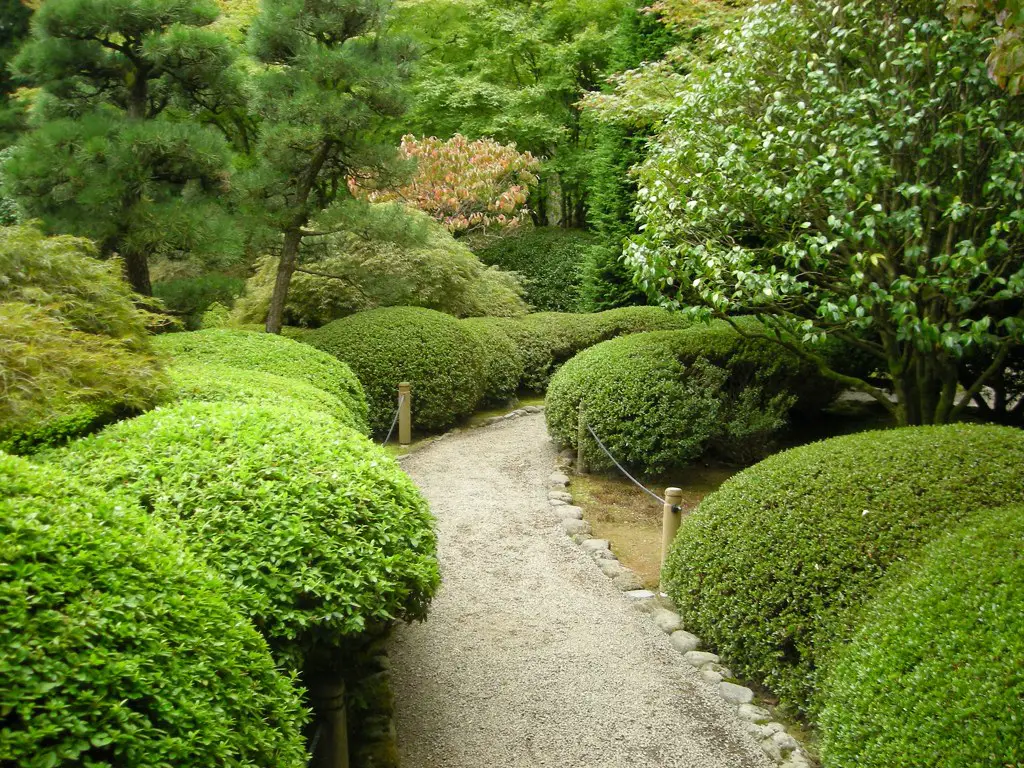
Gravel walkways seem natural and rustic, but over time they compress the soil beneath them. This eliminates pore space that’s vital for air and water movement. Roots in nearby beds may suffer due to disrupted hydrology. Even worse, the compacted ground becomes tough to amend later.
As gravel gets walked on and shifts, it also creates uneven surfaces and runoff issues. Homeowners often replace or rearrange it year after year, which only adds to the damage. Choosing permeable paving or stepping stones with space for water infiltration is a more soil-friendly option. Gravel paths may be simple, but they’re rarely gentle on the earth below.
13. Overwatering “Drought-Tolerant” Plants
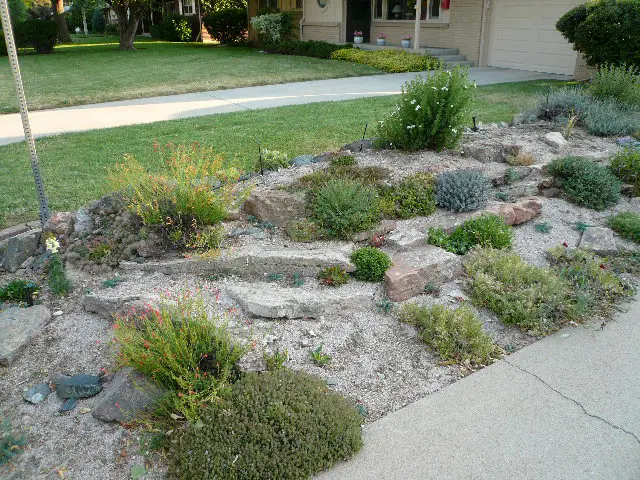
Just because a plant is labeled drought-tolerant doesn’t mean it likes to be soaked. Overwatering these species can drown roots and change soil chemistry. The result is soggy, poorly aerated soil that favors root rot and fungal growth. Ironically, trying too hard to care for low-maintenance plants can backfire.
This practice also creates shallow rooting systems, as plants don’t need to reach deep for moisture. Over time, the topsoil degrades, and drought resilience is lost. The solution is watering deeply and infrequently, based on actual soil needs. Observation and restraint are key when managing a “low-water” garden.
14. Laying Down Too Much Biochar
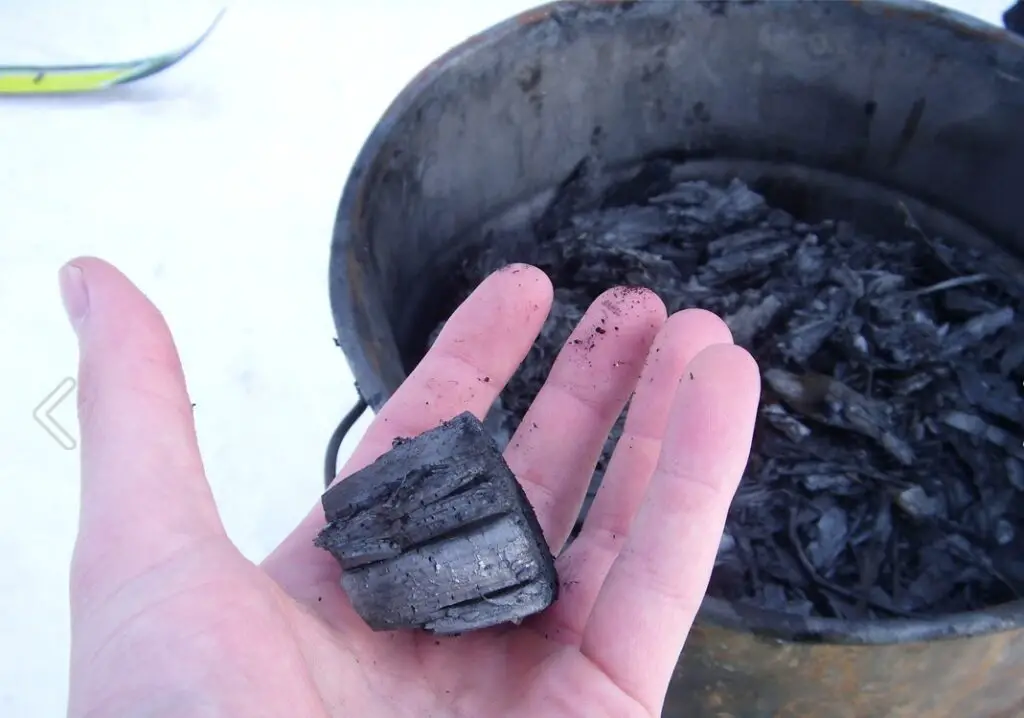
Biochar has gained popularity as a soil enhancer, but using too much can cause pH imbalances. This disrupts nutrient availability and microbial interactions. While it improves drainage and carbon storage, high concentrations can reduce plant productivity. The soil starts acting more like a filter than a living system.
Without proper mixing, biochar clumps and prevents water from dispersing evenly. Overapplication also binds certain nutrients before plants can absorb them. It’s best used in small amounts alongside compost or native soil. Moderation ensures that its benefits don’t turn into liabilities.
15. Treating Soil Like a Set-and-Forget Layer
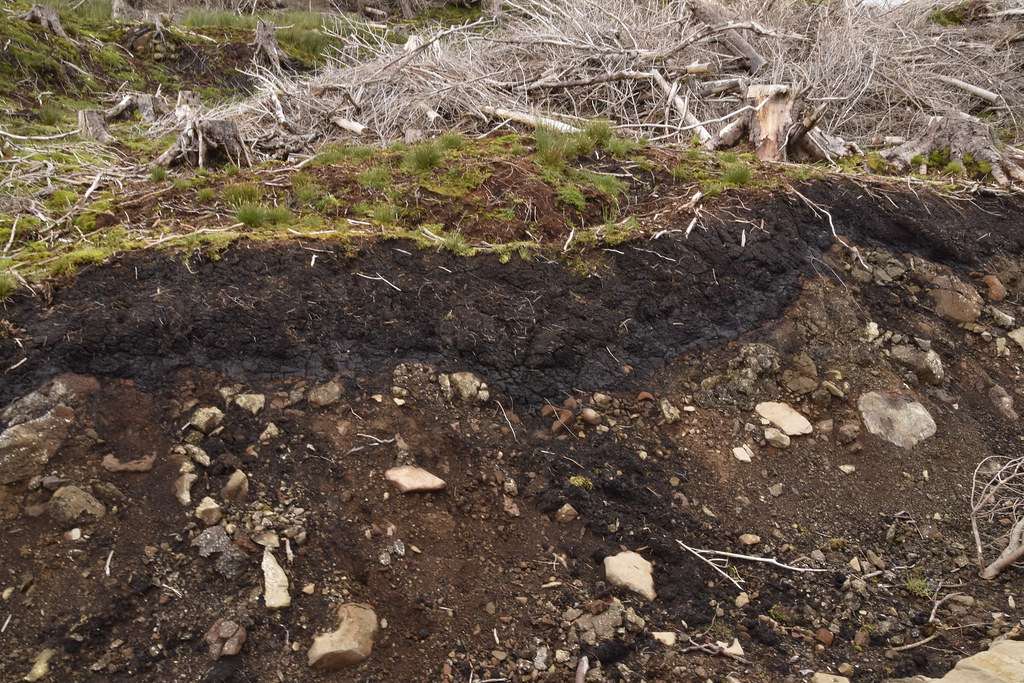
Many homeowners treat soil like it’s just dirt beneath their design, not a living system. Once landscaping is installed, they stop tending to the health of what’s underneath. But over time, this neglect leads to compaction, nutrient loss, and poor plant performance. Soil requires consistent care, even in so-called “sustainable” yards.
A beautiful landscape means little if the soil beneath it is dead. Regular testing, amendments, and observation are necessary for long-term success. Eco-landscaping should prioritize what’s below the surface just as much as what’s visible. Otherwise, short-term trends will continue to cause long-term harm.
